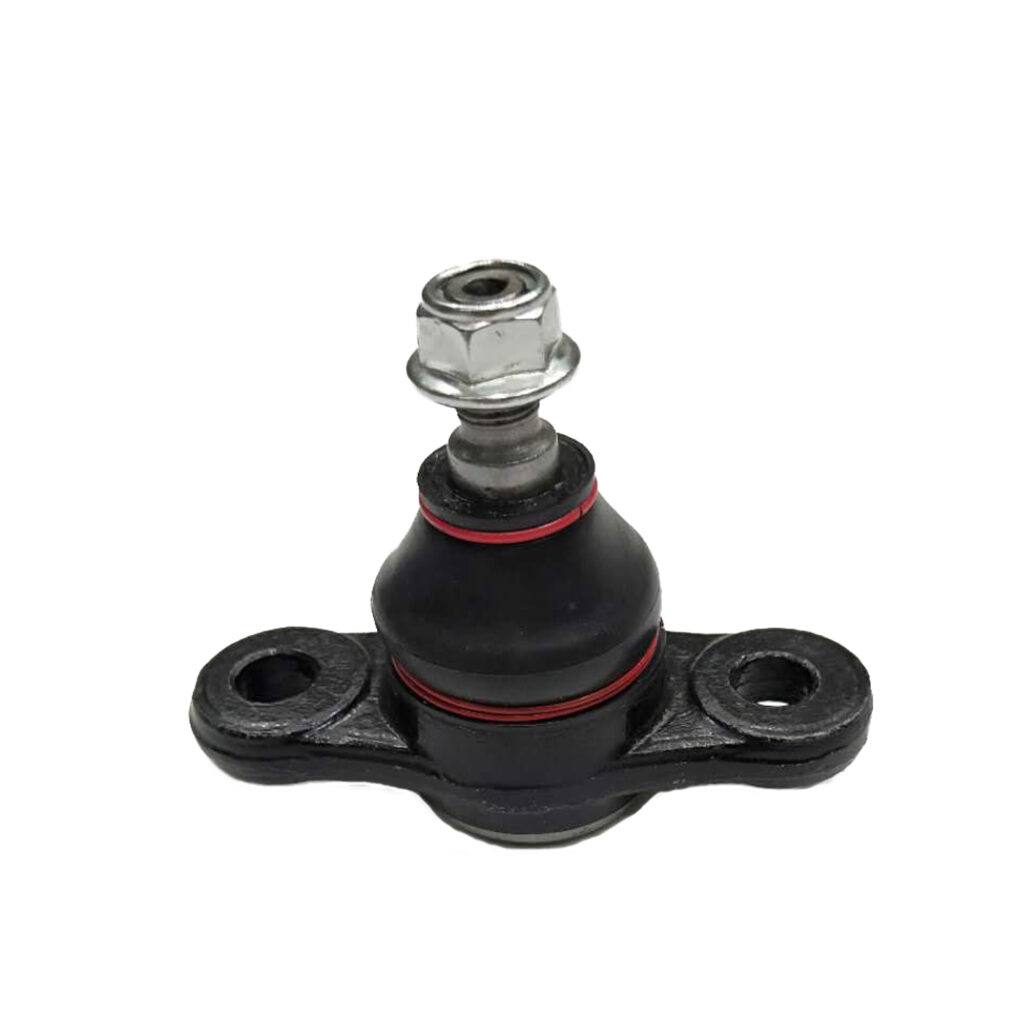Ball joints are commonly used in suspension and steering systems to provide pivoting movement between connecting rods. They are manufactured in large quantities in China to supply the needs of automakers and the aftermarket. Here are the details on ball joints from China ball joint factory:

What is a Ball Joint?
A ball joint consists of a metal ball housed within a socket. The ball portion has a stud or shaft that connects to a steering knuckle, control arm or other suspension component. The socket portion connects to the frame, axle or another suspension part. This ball and socket design allows for articulating movement in two axes.
Types Of Ball Joints
There are two main types of ball joints:
• Trunnion ball joints – The ball portion pivots within a cylindrical or tubular housing. They generally provide less movement range but are often cheaper and lighter in weight.
• Load-bearing ball joints – The ball is contained within a spherical socket. They can accommodate larger loads and movements at the expense of greater weight and cost.
Materials Used In Ball Joints
China ball joints are typically made from the following materials:
• Forged steel – Commonly used for the ball portion due to its high strength and durability. It can withstand impact and high loads.
• Ductile iron – Often used for the socket portion for its machinability, toughness and damping properties. It helps isolate vibrations.
• Powdered metal – An affordable alternative material used in balls and sockets that is formed under high pressure.
• Plastic – Sometimes ball joints feature a plastic lining or cage that retains grease and reduces noise.
• Chrome – A hard chrome plating is often applied for improved corrosion resistance and a smoother articulating surface.

Components Of Ball Joints
Every ball joint consists of:
• Stud – The shaft that extends from the ball and connects to another suspension component via astud pin, nut or bolt.
• Ball – The spherical end that fits into and articulates within the socket portion.
• Socket – The cup-shaped housing that contains the ball and provides the pivoting point.
• Seal – Usually made of rubber, it keeps lubricant in and contaminants out of the ball joint.
• Boot – A protective sheath that covers the seal and stud to shield the joint from debris.
• Grease fitting – Allows grease to be injected periodically to lubricate the joint and seal components.
Key Attributes Of China Ball Joints
Look for these characteristics in high-quality ball joints from China market:
• Tight manufacturing tolerances – Ensures a precise fit between ball and socket for smooth operation.
• Hardened ball material – Using through-hardened steel balls withstands impact and resists wear.
• Durable rubber seals – Long-lasting seals minimize leakage and contamination of grease.
• Reinforced dust boots – Boots with additional layers of rubber or fabric extend service life.
• Chroming of inner socket – The hard chrome coating reduces friction and improves corrosion resistance.
•Proper lubrication specifications – Specifying the correct grease type and relubrication schedule maximizes joint life.
Cost To Replace Ball Joint Can Vary Widely Based On Several Factors
- The make, model and year of the vehicle affects the labor involved and cost of replacement ball joints. Labor costs tend to be higher for newer, more complex vehicles.
- Front ball joints typically cost more to replace than rear ball joints due to their more complex design and harder-to-reach location.
- Some vehicles have multiple types of ball joints, and more complex ball joints tend to cost more.
- The labor cost to replace a ball joint varies based on the shop’s rates and level of difficulty. It can range from around $100 to $400 or more alone.
- OEM ball joints often cost more than aftermarket parts. Menawhile, high-strength ball joints made of better materials also tend to cost more.
